Username Password Remember me Lost your password? Waste is one of the most visible sustainability challenges for our industry, and society — one that parents see everyday when they change a nappy. What is the diaper composition? Lees het handboek. Frequently asked questions. The remainder of the sludge cake is transported by lorry to the composting installation in Tiel. Now the result is the decision to install two additional full scale reactors. Central recycling modules process up to KGs per hour while adding further capacity can easily be achieved by adding more modules. Ideally, Rijkswaterstaat would ensure that recycling diapers and incontinence briefs does not release pharmaceutical compounds into the environment. The recycling of used diapers is very competitive with the alternative incineration. That equates to fewer nappies going into the bin during the approx. Start with: Your email address.
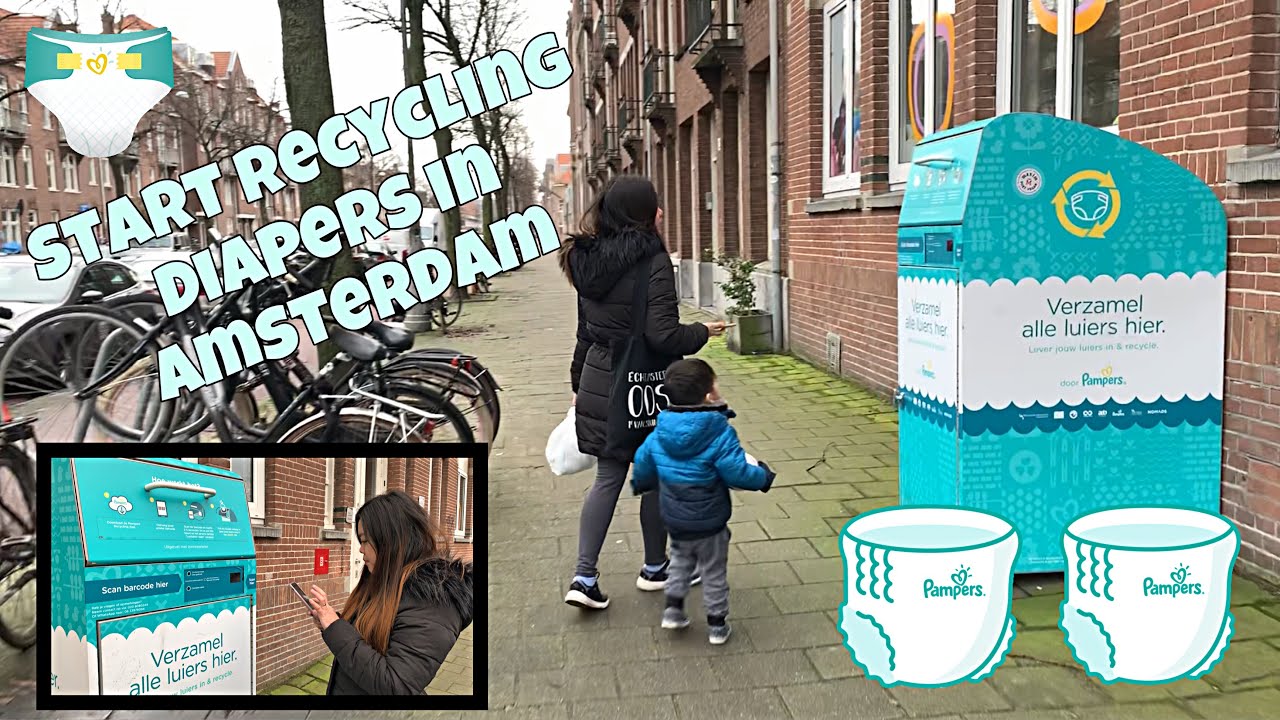
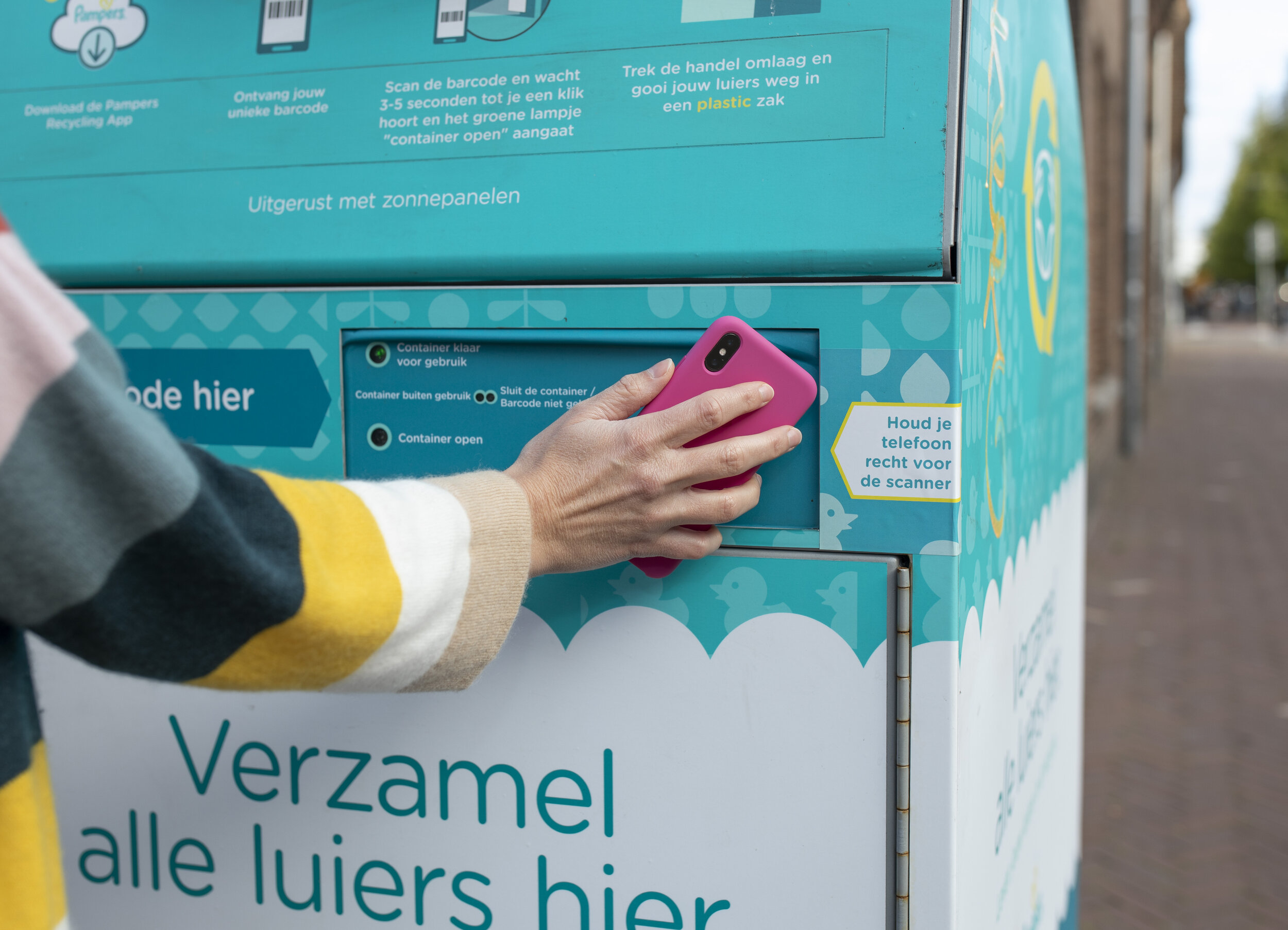
Hoop voor luierrecycling The approach to solving the problem of diaper waste throughout the chain, from diaper producers to municipal governments, is beginning to bear fruit. Navigation Home Benefits F. Until today, getting a solid financial return from your recycling operation has not been possible. At the moment, paper fibres are fermented with the residual waste, but they can eventually be separated into a third flow as well. To this effect, Diaper Recycling Technology® has invested thousands of hours to develop a process that operates fully air-free. The most advanced recycling system I have ever seen.
PULP SCANNING
Focus on plastics and en fermentable slurry Recycling used diapers means: recycling excrement, urine, plastic and paper fibres. Another , tonnes are disposed of by hospitals and care centres along with their own waste. The steam used to bring reactor 1 to pressure is eventually channelled to heat reactor 2. This company is already collaborating to realise this development. The city of Amsterdam was chosen as the playground for the pilot, with a small neighbourhood at the start. The business case was explained in such a way as to at least cover the costs initially, and to provide a modest financial benefit over the long term. As TPH is an extra, and not absolutely necessary, step in the process, there will always be sufficient capacity available. Join the Diaper Recycling Network! Afbraak medicijnresten bij thermische drukhydrolyse van luiers en inco-materialen. The investment decision in the full-scale installation has also been taken. A statement of intent has been signed for the supply of incontinence briefs; The construction of specific installations eventually three reactors at ARN B.
Diaper Recycling Technology a Nappy and AHP Recycling Company
- So when you throw away your wipes, help protect the planet: put them in the bin, pampers recycling, not down the toilet!
- We worked together with Pampers and quickly became their innovation partner to help them move into the future, pampers recycling.
- Watch a report on this technique Nieuwsuur over luierrecycling - Uitzending gemist.
- Rivierenland Water Authority provides it with purification sludge after it has been fermented.
- Sign up to get all the latest updates, special offers, news and events.
Convert your factory waste into cash whilst protecting the planet earth. Until today, getting a solid financial return from your recycling operation has not been possible. Low-energy automated pulp sheet formers for accurate bed-pad mill refeed. Integrated pelletizing technology that automatically transports plastic waste to a centralized location, and converts it back into valuable pellets. Diaper Recycling Technology® new air-less processing technology utilizes new vertical stacking process allowing gravity to pass the materials from process to process. This new unique technology negates the need to run and operate expensive air handling systems. Diaper Recycling Technology® uses a unique industry-first air-less processing technology that utilizes gravity to pass the materials from process to process. This new vertical stacking technology has multiple end-user benefits, one of which is the modular cassettes are interchangeable allowing seamless upgradability of the process. Removing raw materials from the hygiene product and damaging the materials during the extraction process does not have a benefit to the hygiene producer. With the latest generation SAPs, any damaged SAP being returned into the core former can reduce product performance significantly. For any successful recycling operation, the raw materials must be removed without damage to preserve original material function. Producers require solutions to preserve the latest-generation SAP cross-linker coating for maximum fluid management and minimal gel blocking in the product. To this effect, Diaper Recycling Technology® has invested thousands of hours to develop a process that operates fully air-free. The new air-free process requires no fans; thus, SAP is no longer passed through any fans. Contact with high speed rotating impellers is avoided, and the delicate cross-linker outer surface of the SAP is protected. By utilizing specifically designed unit operations to gently remove the SAP, our technology allows you to recycle SAP without impacting your product performance. With solutions starting at 3 sqm. Conventional recycling technology on the other hand typically requires between — sqm of space to operate. Central recycling modules process up to KGs per hour while adding further capacity can easily be achieved by adding more modules. Plastic emerges from the process clean and ready to be pelletized.
Waste is one of the most visible sustainability challenges for our industry, and society — one that parents see everyday when they change a nappy, pampers recycling. We are committed to learn how we can tackle it head on. Our nappies now use 21kg less materials compared to six years ago. That equates to fewer nappies going into the bin during pampers recycling approx. Managing nappy waste goes, all the way from manufacturers to parents, pampers recycling.
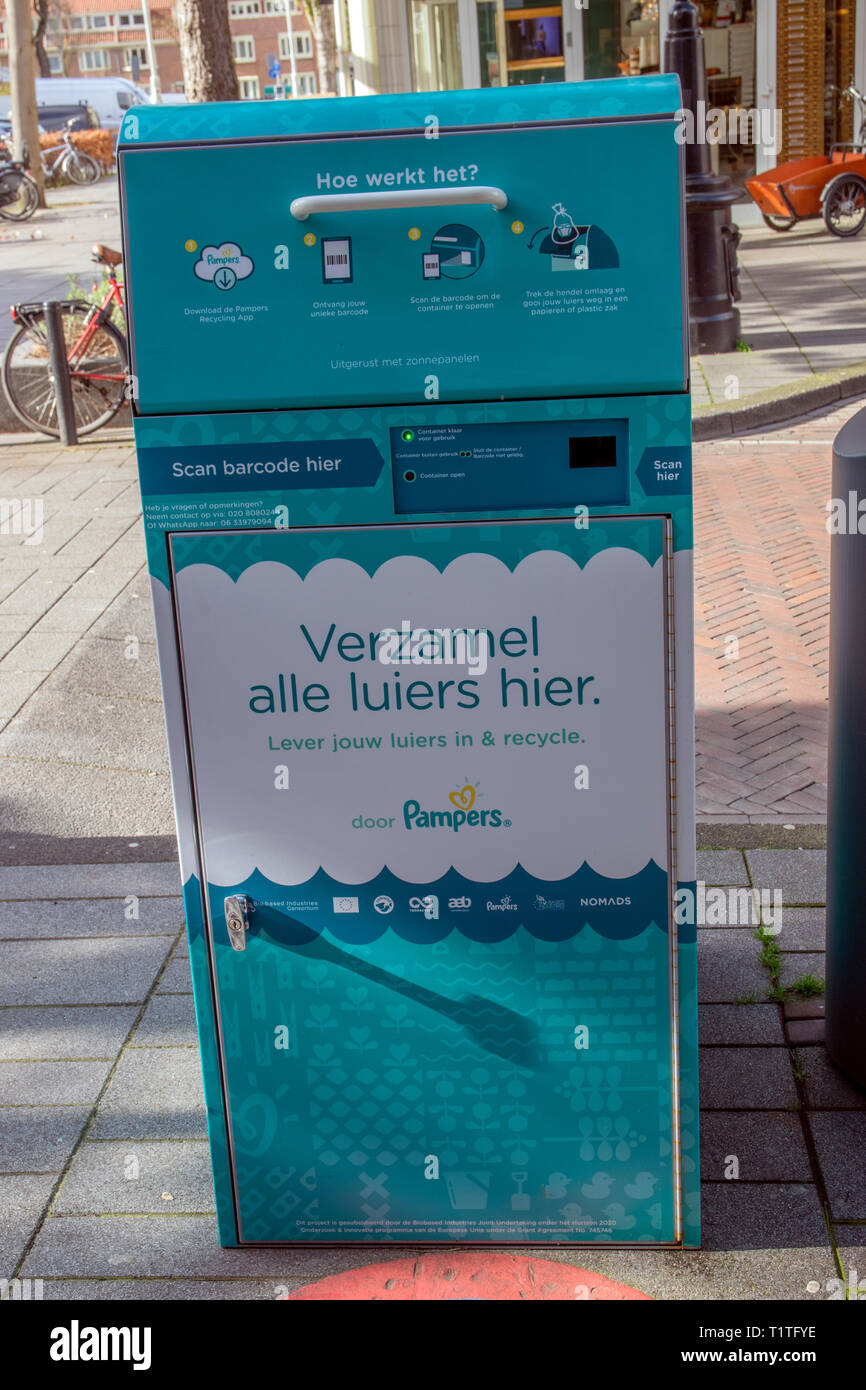

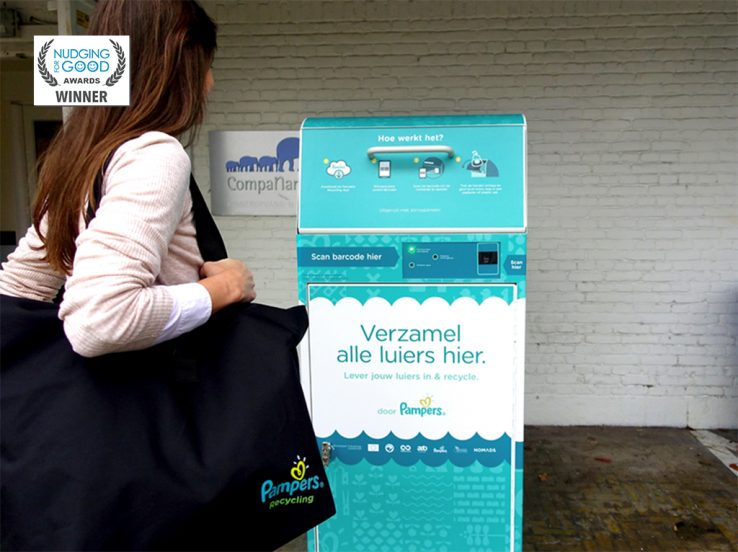
Pampers recycling. Diaper recycling: the benefits
The composition of diapers is changing fast, for example by replacing fossil components with products pampers recycling pieluchomajtki refundacje biobased. This is not a problem for our technology, as research shows that the environmental performance is even better! Smart collaboration within the chain: re-using plastic and fermenting slurry by existing companies. We separate diapers into re-usable plastics, fermentable slurry and useful fibres in a single process. Through ties with existing market for end-products no new plant is needed, pampers recycling, which means that the technique can be applied quickly and efficiently. Your browser does not support the audio element, pampers recycling. Nieuwsuur over luierrecycling - Uitzending gemist. Only used baby diapers. Baby diapers must be submitted in a transparent plastic bag. Only adult incontinence briefs Used briefs must be submitted in a transparent plastic bag. Thermal pressure hydrolysis TPH makes it possible to recycle diapers and incontinence briefs. Pampers recycling process generates reusable plastic and results in higher levels pampers recycling gas production from purification sludge and diaper contents, which is converted to green energy. The fermented sludge is converted into biogranulate, which is used as biomass to generate energy, and which may eventually be qualified as fertiliser.
ARN is increasing its diaper recycling capacity!
Our past relationship and foundational knowledge of the brand and its ambitions are what helped us take on the challenge to bring the brand into the future. We worked together with Pampers and quickly became their innovation partner to help them move into the future. Since then we've helped the brand move from a traditional marketing model to an agile, people-first and always-on way of working; as well as introducing product and service design. Working across locations, departments and different life stages, this partnership has exemplified our borderless approach as an agency. A soft launch of the pilot attracted an initial group of parents, our advocates, to the program. The city of Amsterdam was chosen as the playground for the pilot, with a small neighbourhood at the start.
June Read the note. The treatment plant has two sludge fermentation tanks, each with a volume of 5, m2, where the sludge is fermented pampers recycling part of the waste water purification process. Sustainable Environmental benefits and flexible adaptation to changes in the diaper market.

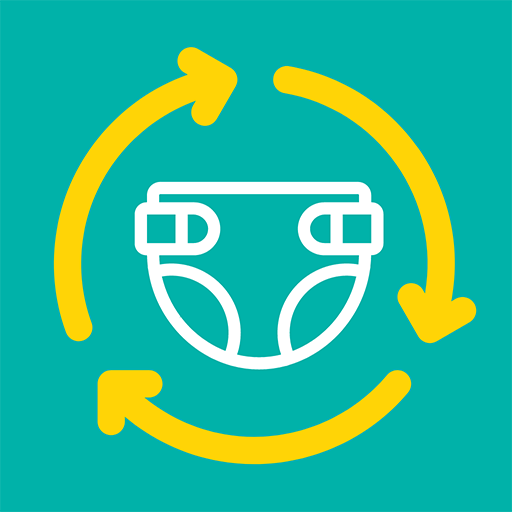
Unequivocally, a prompt reply :)
I join. So happens.